Texas harvests nearly 2 million acres of corn every year which brings in a cash value of $514 million for Texas farmers! A typical ear of corn has approximately 800 kernels, but can vary from 500 to 1,200! Corn is grown across the state of Texas, but not all corn is the same.
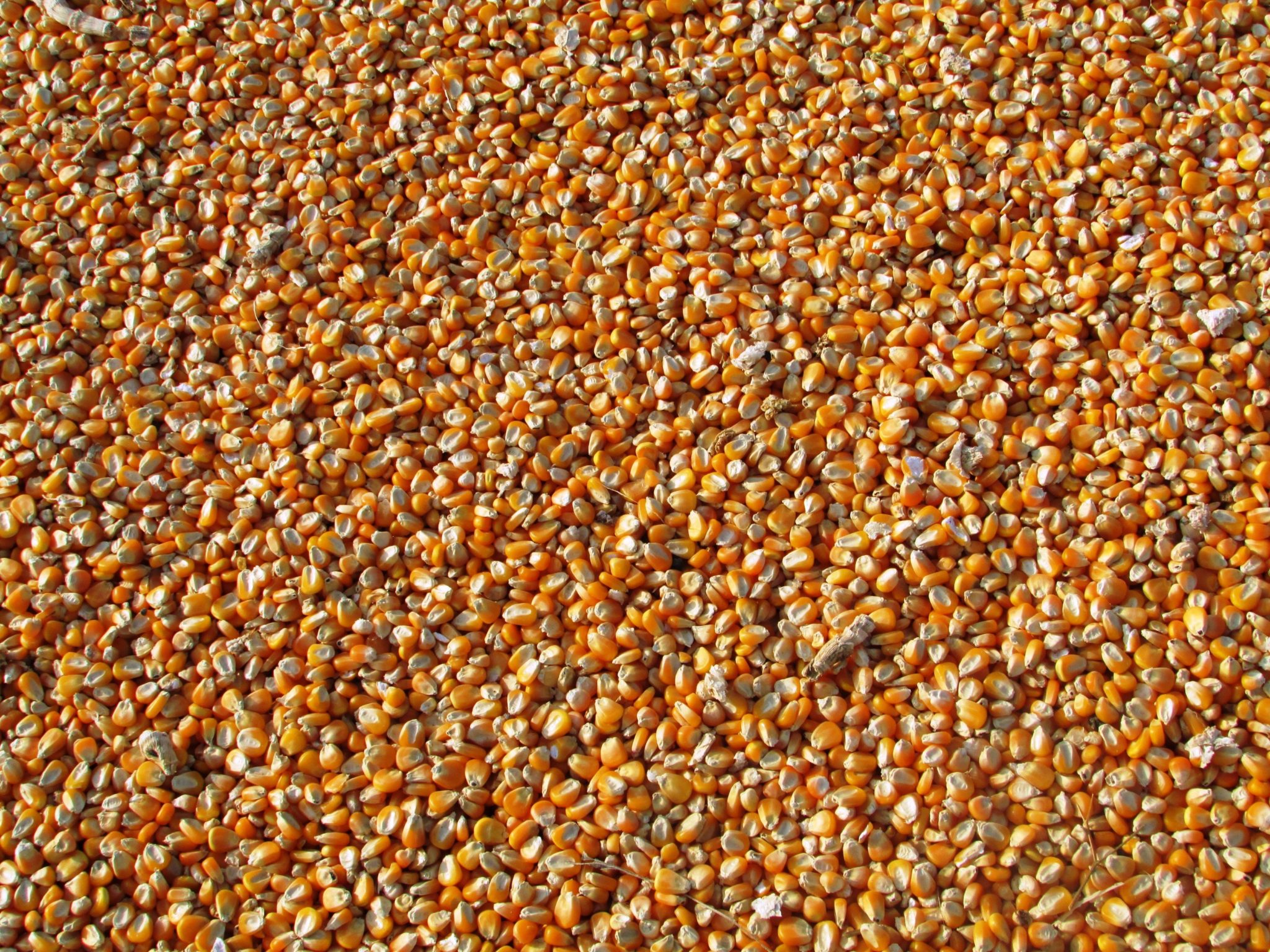
Production
We eat what is known as food grade or sweet corn and is the type that is found in the grocery store. I can be eaten off the ear fresh or bought in cans or frozen. Fresh sweet corn is found most often during the summer and is sweet and juicy. Animals eat feed grade corn called field or dent corn. This type of cron is the most abundant form of corn grown across the United States, and Texas. Most of the corn seen in fields is probably field corn. This grade of corn is characterized by its’ hard outer shell.
Both are grown in Texas due to favorable soil and climate. No matter what type, the plant looks the same.
The production of corn can be outlined in six steps:
- Field Prep
- Seeding
- Irrigation
- Silking & Pollination
- Harvest
- Processing

Parts of the Plant
- Tassel – this is the male part of a mature corn plant and sits at the top of the plant and attracts insects
- Stalk – the main body of the plant that is quite sturdy and stable because it must support the ears of corn
- Leaf – there are numerous leaves per stalk that are long and typically grow up slightly before curving downward
- Grain Kernel – this is the edible part of an ear, containing four main parts: endosperm, pericarp, germ, and tip cap
- Silk – this is the female flowers of a corn plant and each silk connects to an individual grain kernel
- Ear – this part is made up of the silk, husk, kernels, and cob of the plant. Ears are harvested when mature
- Prop Roots – this is the section of roots that grow just on top of the soil
- Roots – the main section of roots that grows beneath the soil
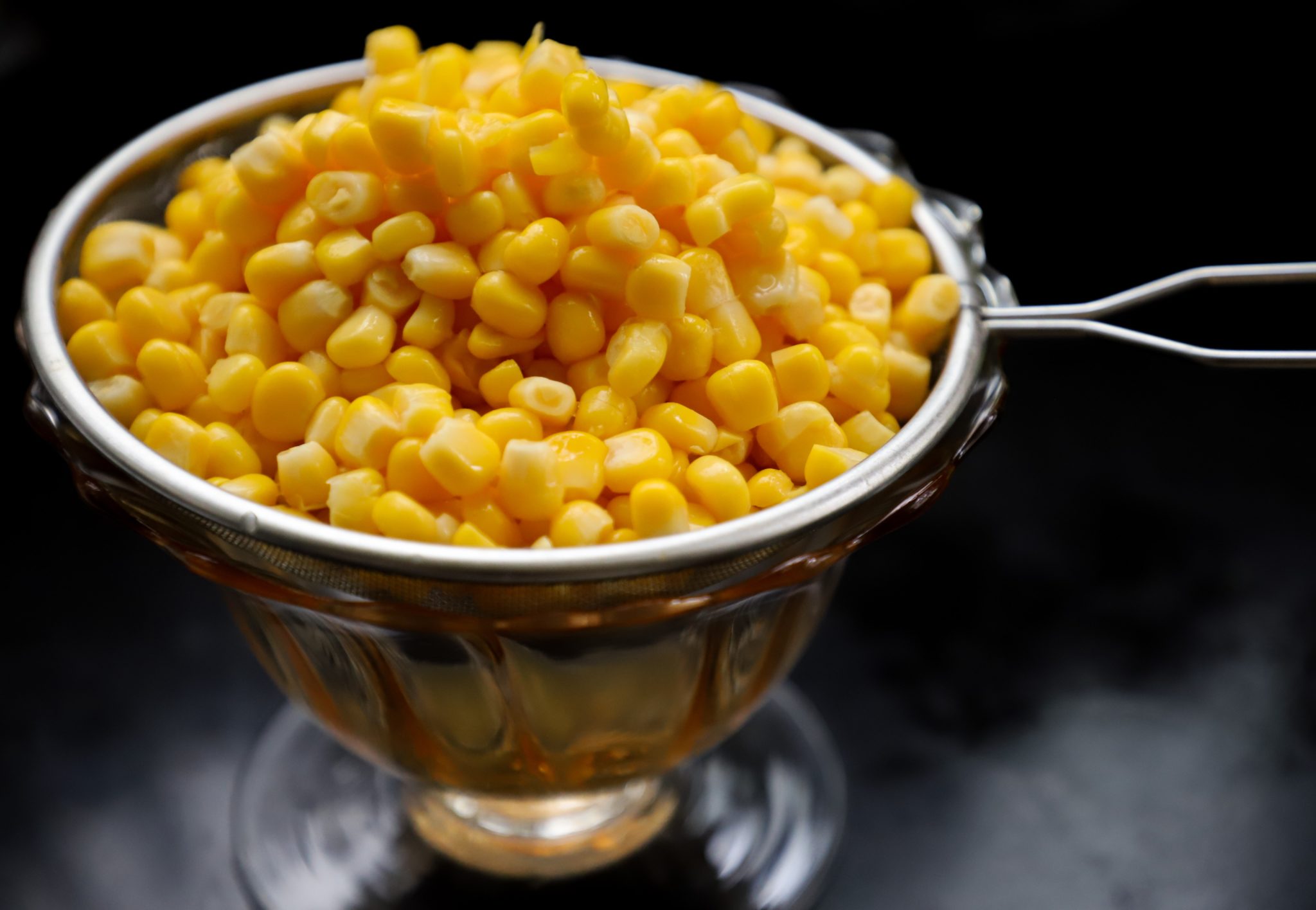
Processing Corn
In Texas, corn is harvested in the late Summer (July to November), depending on which part of Texas you live.
- Large machines called combines are used to harvest corn. These machines pull the ear off of the corn stalk and shell it off the cob, leaving you with just the kernel.
- After harvesting, feed corn can be cleaned and bagged before going directly for animal consumption. Ir can also be cracked or ground for animal use. Corn is one of the best sources of energy and nutrition available for livestock production and is used in almost all livestock diets.
- Sweet corn can be eaten fresh (on the cob), canned, frozen, or made into tortillas, chips, or other foods.
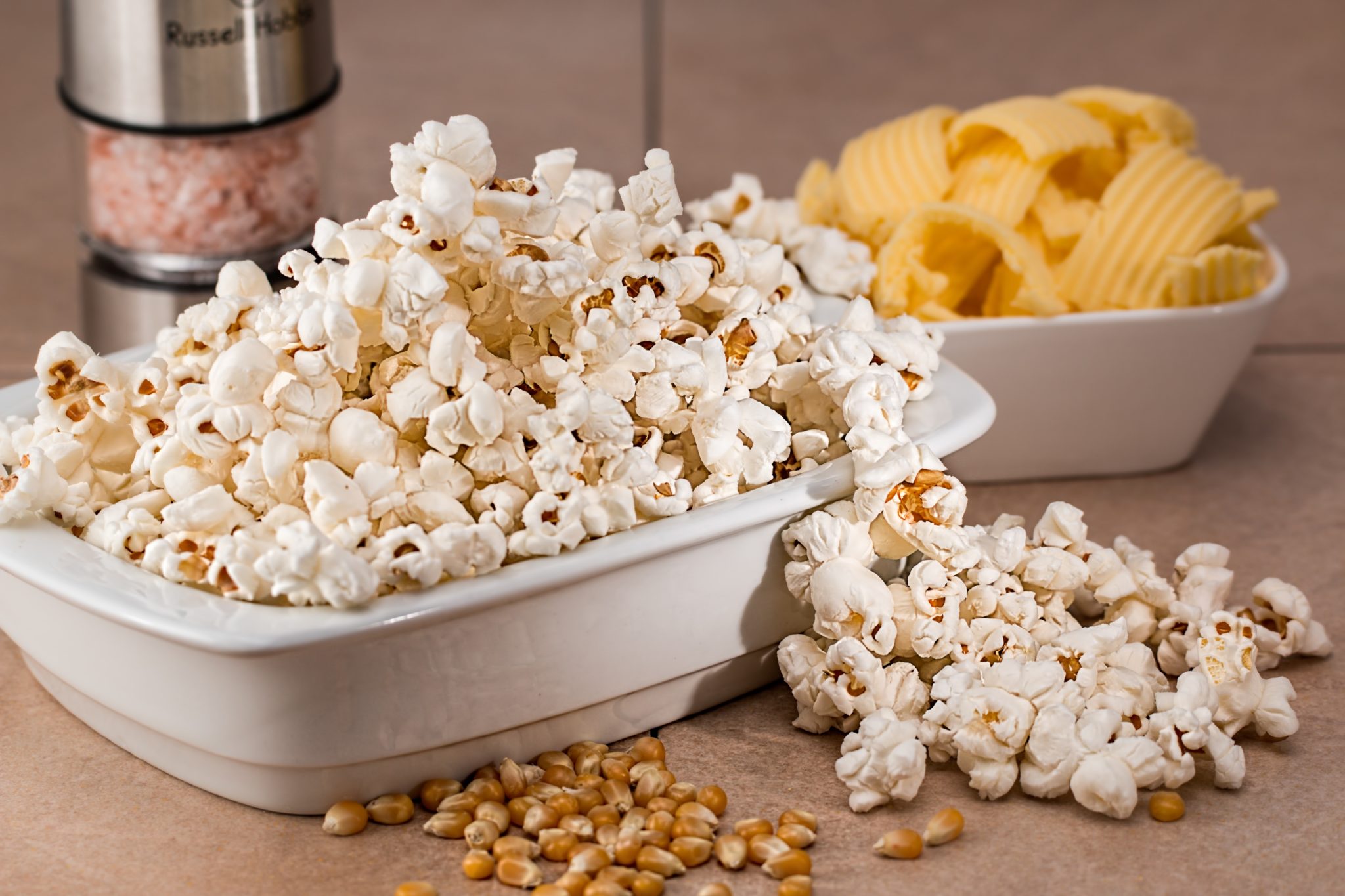
Anyone like Popcorn?
Popcorn is another type of corn that is grown. These varieties of corn are different because of how the kernel is made. The variety of corn used to make popcorn has a small area of soft starch where the water is stored in each kernel, and when heated, the water creates pressure until the popcorn… POPS!
Another type of corn is specialty corns that often come in different colors like blue! If you have ever seen a blue tortilla chip, then you have seen a special corn variety!

Health and Nutrition
One ear of corn provides –
- 10% of the daily recommended amount of fiber your body needs.
- Vitamin A (promotes growth and normal vision and protects against night blindness.)
- Corn is also low in fat and sodium which is important to heart health … just remember to skip the butter and cheese when eating corn so you aren’t adding fat, sodium, and calories!
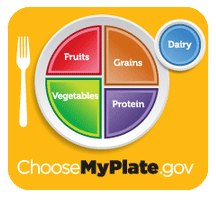
References
Aggie Horticulture (n.d.). Corn in Texas. Retrieved from http://aggie-horticulture.tamu.edu/vegetable/guides/ crop- briefs/corn-in-texas/
Corn Refiners Association (n.d.). What is corn refining? Retrieved from https://corn.org/what-is-corn- refining/Missouri Corn Growers Association (n.d.). Corn in the classroom – the basics. Retrieved from http:// www.mocorn. org/wp-content/uploads/2012/09/Corn-in-the-Classroom-The-Basics.pdf
Texas Corn Producers (n.d.) Corn production. Retrieved from http://texascorn.org/learn-more/corn- production/
